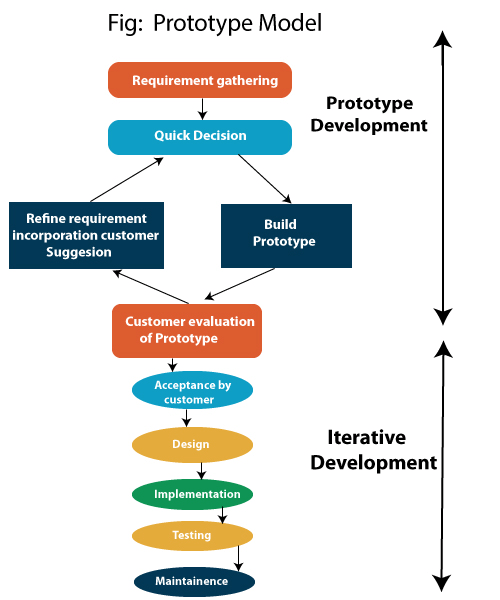Facts About 3 Types of Industrial Design Prototyping - Fusion 360 Blog Revealed

A Biased View of What is the Engineering Design Process? A Complete Guide
To develop an engineering prototype, we often utilize low expense and readily offered products such as sheet plastic, plywood or MDF. Others might require close tolerance CNC, or manual machining of aluminum, steel or plastic. A laser cutter can show to be exceptionally important for making engineering prototypes. A range of mechanisms can be buffooned up in minutes utilizing DXF files to laser cut the shapes needed for the mechanism.

prototype model in software engineering - YouTube
Mechanical options and dimensional realities are discovered in early mock-ups, which can reduce the time required for CAD development and accelerate total development time substantially.

Product Prototyping Phase Progression With Detailed Design And Engineering - Presentation Graphics - Presentation PowerPoint Example - Slide Templates
2018 saw the U.S. Patent and Trademark Workplace work its way through 597,141 patent applications, and a further 47,137 commercial style applications. View Details 's a great deal of big concepts. But how do you take full advantage of the opportunities of getting your big or small concept off the ground? Prototyping. It's the first phase of turning an idea into a working reality.
The Facts About Best Prototyping & Engineering Services Company in USA Uncovered
We've also developed a detailed guide to the prototyping procedure that you can utilize to inform your own journey from idea to product. Visual prototype Functional prototype Discussion prototype A note on digital prototypes Brings design to life Invites early feedback Creates interest and excitement Saves time and money Waterfall vs spiral design Research and requirements Reverse engineering Idea sketch Virtual model Free resources Products/ tools Initial model Expert model services User examination Improvements Discover a producer A prototype is a sample or mock-up of the item you wish to build.
Your priority at the prototyping stage may be to help stakeholders comprehend what the item will look like: its size, shape, color and texture. If you do not require to duplicate the functionality of completion item, you might prefer to select a simply visual prototype as a way of conserving time and money.
If you do develop a visual model as the primary step in your item development journey, you'll find that a functional model will probably follow. If you're less concerned with looks and more concerned with showing that your item will really do what it's supposed to, a functional model is probably the location to begin.

